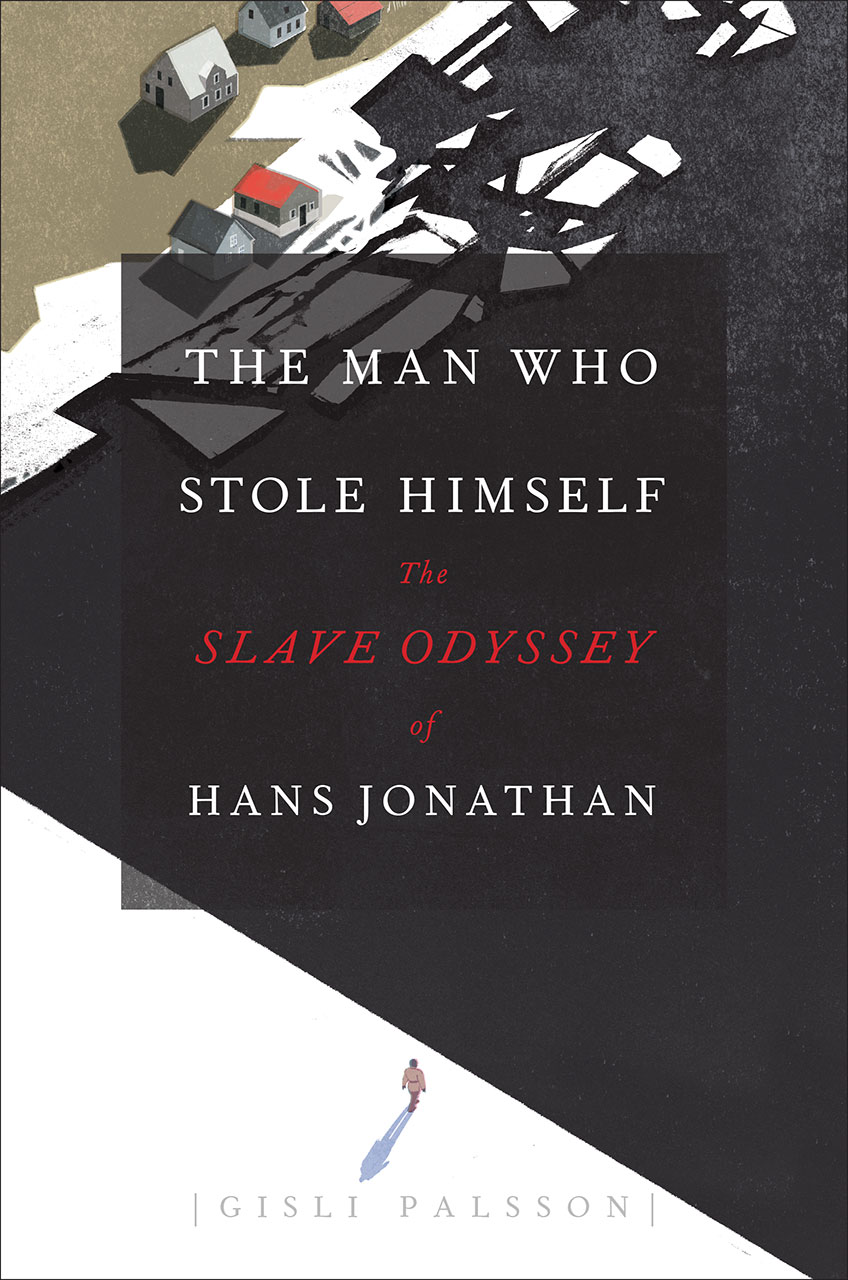2017 Critical Mixed Race Studies Conference Call for Papers
University of Southern California
Los Angeles, California
2017-02-24 through 2017-02-26
Explorations in Trans (gender, gressions, migrations, racial) Fifty Years After Loving v. Virginia
Deadline: 2016-04-30
Notification: 2016-07-31
Presenters at the conference must be members. Registration/membership will be available in 2016. Details below.
Subject Fields: We welcome submissions from scholars from all fields, cultural workers, and activists.
The next major Critical Mixed Race Studies Conference will be held February 24-26, 2017, at University of Southern California and will be hosted by the Shinso Ito Center for Japanese Religions and Culture. The conference will include film screenings and a live performance showcase produced by Mixed Roots Stories.
Download the CMRS 2017 Call For Papers [PDF]
The year 2017 marks the 50th anniversary of the 1967 Supreme Court decision in Loving v. Virginia, which declared anti-miscegenation laws unconstitutional. As a commemoration to Loving’s golden anniversary coupled with the geographic location of California, this conference provides an excellent site to examine critical mixed race issues. With a focus on the root word “Trans” this conference aims to explore interracial encounters relating, but not limited to, transpacific Asian migration, transnational migration from Latin America, transracial adoption, transracial/ethnic identity, interracial marriage from a transregional perspective, the intersections of trans (gendered) and mixed race identity, and mixed race transgressions of race, citizenship, and nation.
The intersections of transmigration/national/regionalism with respect to miscegenation are clear in light of varying marriage proscriptions across geographical regions within the continental United States. California enacted its anti-miscegenation law in 1850, forbidding whites (this category included Mexicans) from marrying blacks, Filipinos, and Asians. Twelve states additionally prohibited intermarriage with Asians, nine prohibited intermarriage with Filipinos, and some prohibited intermarriage with American Indians. Intermarriage with “Hindus” was prohibited in Arizona. Oregon prohibited whites from marrying Native Hawaiians or Kanakas; and Virginia’s anti-miscegenation law forbade intermarriage with anyone of non-Caucasian strain. During Reconstruction, rampant fears of hypersexualized Chinese men marrying white women underscored the Chinese Exclusion Act of 1882. Even following World War II soldiers faced dilemmas as Congress enacted restrictions regarding non-citizen wives entering the U.S that affected the mixed race children of these interracial unions whose occupancy within an interstitial racial space remains a confusing and complex reality in 21st century America. It was not until 1948 that anti-miscegenation laws were abolished in California.
As this conference commemorates the 50th anniversary of Loving v. Virginia with a focus on “Trans” issues relating to interracial encounters, participants from all fields are invited to present new insights, which will contribute to a broader and deeper understanding in Critical Mixed Race Studies…
For more information, click here. Additional Questions? Contact us at: cmrsmixedrace@gmail.com.



